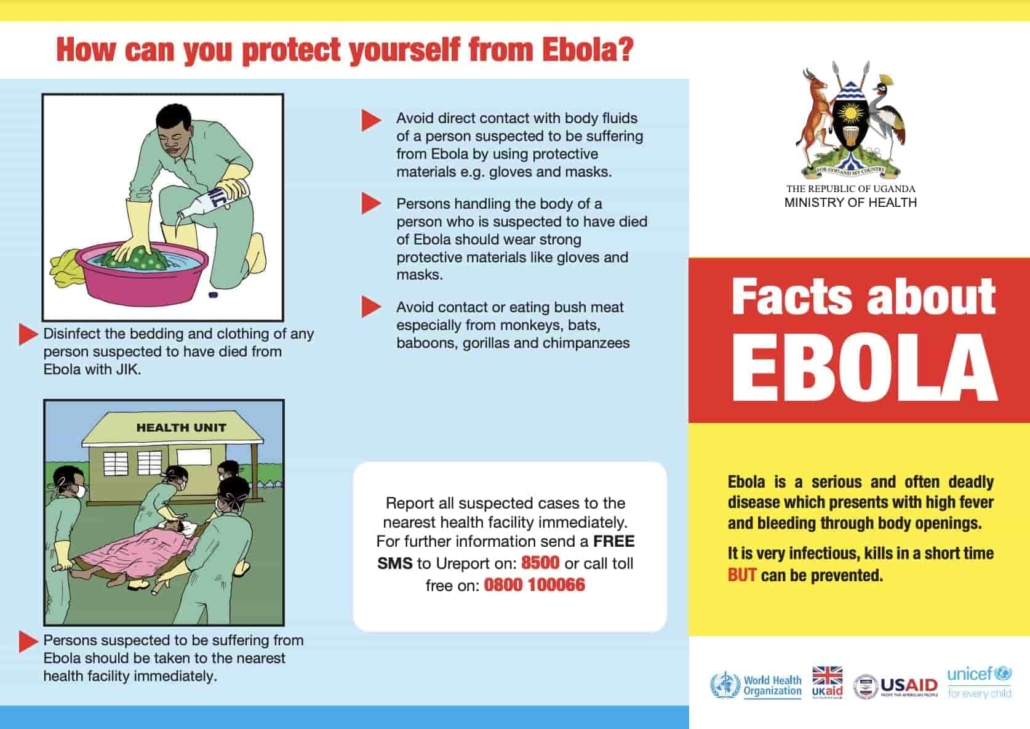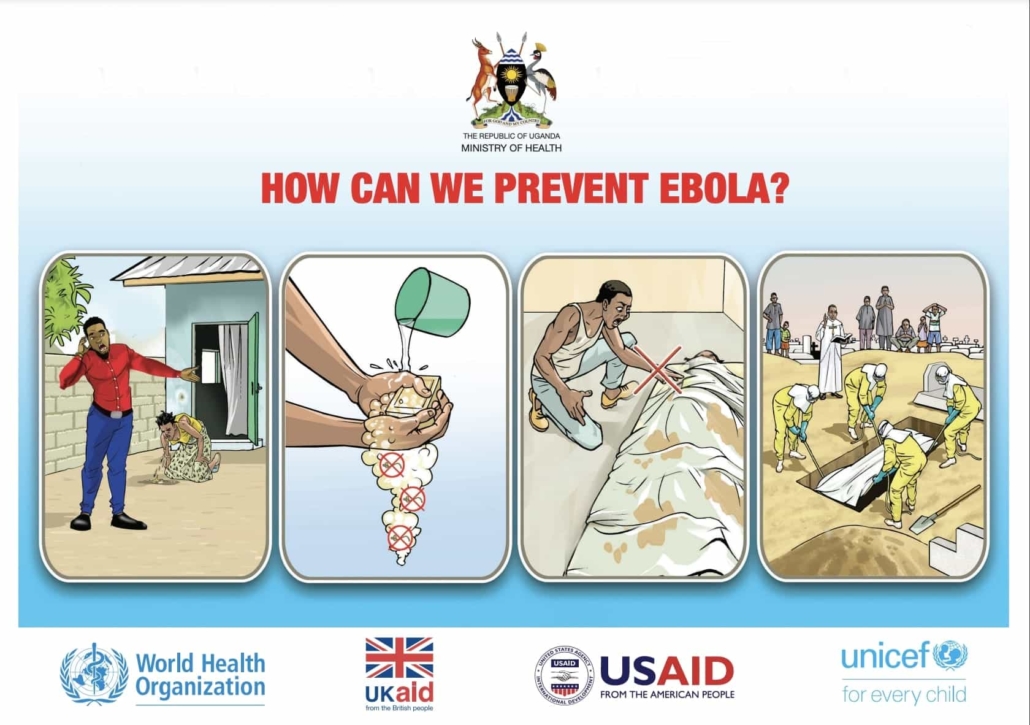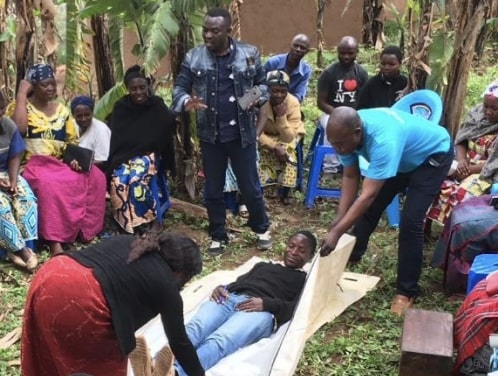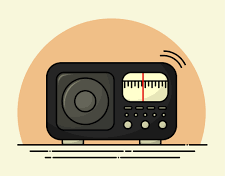How can you protect yourself against Ebola
 This illustrated fact sheet provides facts on EVD, how Ebola is spread, prevention methods and signs and symptoms.
This illustrated fact sheet provides facts on EVD, how Ebola is spread, prevention methods and signs and symptoms.
Source: Ebola Factsheet – How can you protect yourself against Ebola
 This illustrated fact sheet provides facts on EVD, how Ebola is spread, prevention methods and signs and symptoms.
This illustrated fact sheet provides facts on EVD, how Ebola is spread, prevention methods and signs and symptoms.
Source: Ebola Factsheet – How can you protect yourself against Ebola
 This resource consists of job aide cards with illustrations and talking points to guide health care workers’ conversations with community members. Topics include: general EVD facts, signs and symptoms, transmission, prevention, caring for the sick, safe&dignified burials, contact tracing and Ebola treatment units.
This resource consists of job aide cards with illustrations and talking points to guide health care workers’ conversations with community members. Topics include: general EVD facts, signs and symptoms, transmission, prevention, caring for the sick, safe&dignified burials, contact tracing and Ebola treatment units.
Source: How can we prevent Ebola- Job Aide
 This Message guide provides key messages for various audiences (Communities, family members, survivors, leaders and government administrators and health care workers) on dignified and secure burial, IPC, vaccination, nutrition, medical care. Also included are messages for points of entry, survivors and on surveillance.
This Message guide provides key messages for various audiences (Communities, family members, survivors, leaders and government administrators and health care workers) on dignified and secure burial, IPC, vaccination, nutrition, medical care. Also included are messages for points of entry, survivors and on surveillance.
Sources:
 This radio spot in 6 different languages explains how the signs and symptoms of the Ebola virus are similar to those of other diseases and confirms that only a doctor can tell the difference. The accompanying radio script is available in French and English.
This radio spot in 6 different languages explains how the signs and symptoms of the Ebola virus are similar to those of other diseases and confirms that only a doctor can tell the difference. The accompanying radio script is available in French and English.
Sources:
This module covers the basic concepts for evaluating and briefly managing a patient under investigation for Ebola. Although all U.S. healthcare facilities need to screen and promptly identify patients at risk for Ebola, the content of this module is primarily for Ebola Assessment Hospitals. These hospitals need to be capable of initial evaluation and care of these patients for up to 96 hours until Ebola testing is complete and a diagnosis of Ebola is confirmed or ruled out. Plans should be developed and practiced for safely transporting patients within the facility, designating and preparing a patient room and adjacent spaces to be used by staff, training staff on the use of personal protective equipment, laboratory safety, communications, and environmental infection control and waste management, among other topics. Public health authorities should be consulted promptly for additional information and guidance, and to facilitate transfer of the patient to an Ebola Treatment Center, if necessary.
This module provides guidance to frontline and assessment hospitals for developing plans and procedures for safely implementing appropriate isolation precautions for a patient under investigation for Ebola. The module is focused on the emergency department, which is the likely first point of contact. Planning and adhering to these precautions will minimize the risk of infecting patients, staff, and visitors while these patients are evaluated. The module also outlines guidance for coordinating with public health authorities during the evaluation of patients under investigation for Ebola.
Healthcare facilities that provide urgent care and emergency services are first points of contact for returning travelers who might have Ebola. This module provides guidance to emergency departments for developing plans and procedures for screening all patients for relevant travel history, risk factors for Ebola, and signs and symptoms that might be consistent with Ebola. Important concepts are outlined regarding safe, patient- and family-centered screening procedures that can appropriately diagnose and manage Ebola or other illnesses while ensuring respect for the patient and protection of the patient’s privacy throughout the screening process.
 This radio spot from the Liberia Ministry of Health and Social Welfare discusses what to do if you notice the signs and symptoms of Ebola.
This radio spot from the Liberia Ministry of Health and Social Welfare discusses what to do if you notice the signs and symptoms of Ebola.

The Ebola Communication Network was originally developed by the Health Communication Capacity Collaborative (Cooperative Agreement #AID-OAA-A-12-00058) and expanded under Breakthrough ACTION (Cooperative Agreement #AID-OAA-A-17-00017) both under the leadership of Johns Hopkins Center for Communication Programs. This website is now maintained by Johns Hopkins Center for Communication Programs and its contents are the sole responsibility of CCP. The contents of this website do not necessarily reflect the views of USAID, the United States Government, or Johns Hopkins University.
